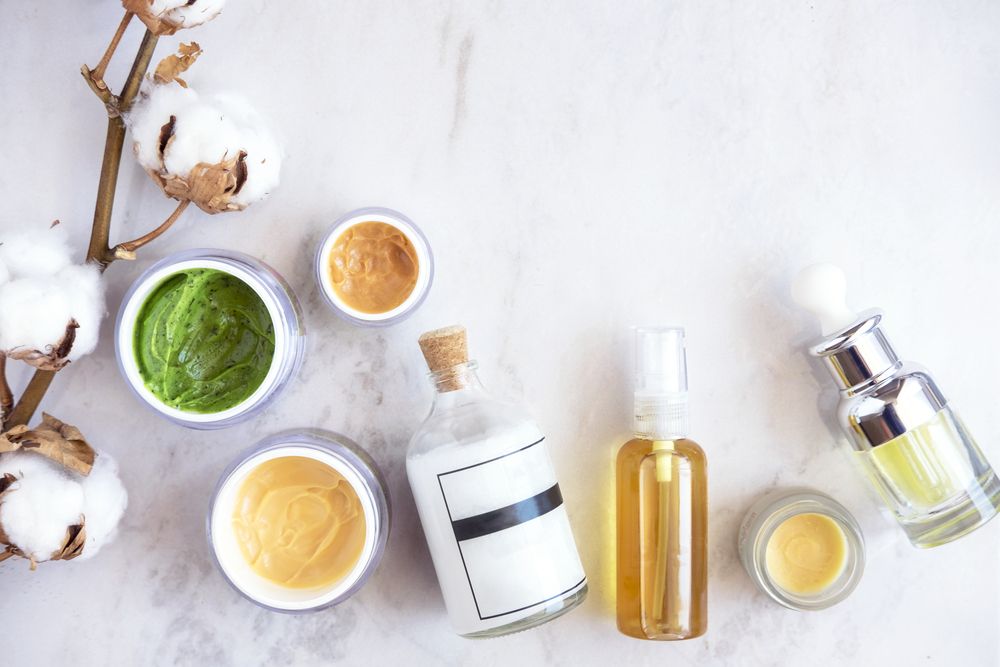Painting your interior walls is one of the simplest and most effective ways to transform your living space. Whether you’re aiming for a cozy bedroom, a lively living room, or a calm home office, the right paint makes all the difference—not just in color, but in durability, finish, and overall appearance.
Choosing the best paint for your interior walls goes beyond picking a color you like. Understanding the types of paint, finishes, and practical considerations will help you achieve beautiful, long-lasting results. Here’s a complete guide to help you make the right choice for every room in your home.
1. Understand the Different Types of Interior Paint
Not all paints are created equal. The type of paint you choose can impact the final look and how long it lasts.
Latex (Water-Based Paints)
-
Most popular choice for interior walls
-
Dries quickly
-
Easy cleanup with soap and water
-
Lower odor compared to oil-based paints
-
Flexible and less prone to cracking
Oil-Based Paints
-
Durable and great for high-traffic areas
-
Provides a smoother, more polished finish
-
Longer drying time
-
Requires mineral spirits or turpentine for cleanup
-
Stronger odor during application
For most homes today, latex paints are the go-to for walls, while oil-based paints might be reserved for trim or specialty finishes.
2. Choose the Right Paint Finish
Paint finish affects both the look and the functionality of your walls. Each finish has its pros and cons.
Flat (Matte)
-
No shine
-
Hides imperfections well
-
Best for ceilings and low-traffic areas like adult bedrooms
Eggshell
-
Soft, low sheen
-
More washable than flat finishes
-
Ideal for living rooms, dining rooms, and bedrooms
Satin
-
Slightly higher sheen and more durability
-
Easy to clean
-
Good for hallways, family rooms, and kids’ rooms
Semi-Gloss
-
Noticeable shine
-
Highly durable and moisture-resistant
-
Best for kitchens, bathrooms, and trim
Gloss
-
High shine
-
Very durable and easy to clean
-
Typically used for doors, cabinets, and trim
Choosing the right finish balances aesthetics with practical use depending on the room’s traffic and function.
3. Think About Durability and Washability
Different rooms have different needs when it comes to how much wear and tear your walls will endure.
-
High-traffic areas: Choose durable, washable finishes like satin or semi-gloss.
-
Children’s rooms: Go for highly washable paints that can withstand scrubbing.
-
Formal spaces: Flat or eggshell finishes offer a sophisticated look where durability isn’t as crucial.
Paints labeled as "scrubbable" or "washable" offer added resilience without sacrificing beauty.
4. Select the Right Primer or Paint-and-Primer Combo
Primer creates a better surface for paint adhesion, covers stains, and ensures a uniform finish.
When to Use Primer:
-
Painting over dark colors
-
Painting new drywall
-
Covering patched or repaired walls
-
Switching between different paint types (like oil to latex)
ADVERTISEMENT
Some modern paints offer built-in primer formulations. While they work well for minor color changes, a separate primer coat is still recommended for major transitions or tough surfaces.
5. Factor in Room Lighting
Lighting dramatically affects how paint colors appear.
Tips for Matching Paint to Lighting:
-
Natural light: Reveals the truest color. North-facing rooms make colors look cooler; south-facing rooms enhance warmth.
-
Incandescent lighting: Adds warm tones to colors.
-
Fluorescent lighting: Often brings out blue tones.
Test paint samples at different times of the day in your room’s actual lighting conditions before committing to a color.
6. Evaluate Paint Quality
High-quality paint might cost more upfront but can save time, effort, and money in the long run.
Benefits of High-Quality Paints:
-
Better coverage, requiring fewer coats
-
More vibrant, lasting color
-
Enhanced durability and easier cleaning
-
Fewer visible brush strokes or roller marks
Look for reputable brands known for consistently high-performing paints, and consider professional-grade lines for the best results.
7. Choose the Right Color
Color sets the tone for a room’s mood, energy, and overall aesthetic.
General Color Guidelines:
-
Light colors: Make small rooms feel larger and more open.
-
Dark colors: Add drama, warmth, and coziness but can make a space feel smaller.
-
Neutral colors: Offer versatility and timeless appeal, making them great for resale value.
-
Bold colors: Create focal points and energize spaces like dining rooms or playrooms.
Always test colors with samples on your actual wall. Paint large swatches and observe them in different lighting before making your final decision.
8. Consider Eco-Friendly and Low-VOC Options
Many modern paints are formulated to be safer for your family and better for the environment.
What to Look For:
-
Low-VOC (Volatile Organic Compounds): Reduces fumes and indoor air pollution.
-
Zero-VOC paints: Best for sensitive groups like children, elderly individuals, or people with respiratory issues.
-
Greenguard Gold Certification: Indicates strict chemical emissions limits for indoor products.
Eco-friendly paints have come a long way and now offer excellent durability and color options without harmful chemicals.
9. Plan for the Right Amount of Paint
Estimating how much paint you need ensures a smooth, continuous project without unnecessary waste.
Basic Calculation:
-
One gallon typically covers 350–400 square feet.
-
Measure the height and width of each wall to determine square footage.
-
Don’t forget to account for multiple coats or extra paint for touch-ups.
It’s usually wise to round up slightly, as leftover paint can be useful for future patching or repairs.
10. Budget Smartly Without Sacrificing Quality
While it’s tempting to save money with bargain paints, remember that quality paints cover better, last longer, and often require fewer coats.
Typical Price Ranges:
-
Economy paints: $20–$30 per gallon
-
Mid-range paints: $30–$60 per gallon
-
Premium paints: $60+ per gallon
Balancing your budget with durability and finish will ensure that your project looks great and stands up to daily life.
Pro Tips for a Successful Painting Project
-
Prepare properly: Clean walls, patch holes, and sand rough spots before painting.
-
Use quality brushes and rollers: Good tools create a better finish and save time.
-
Cut in first: Paint edges and corners before rolling the main walls.
-
Work in manageable sections: Maintain a "wet edge" to avoid lap marks.
Proper preparation and technique can turn even a DIY paint job into a professional-looking transformation.





